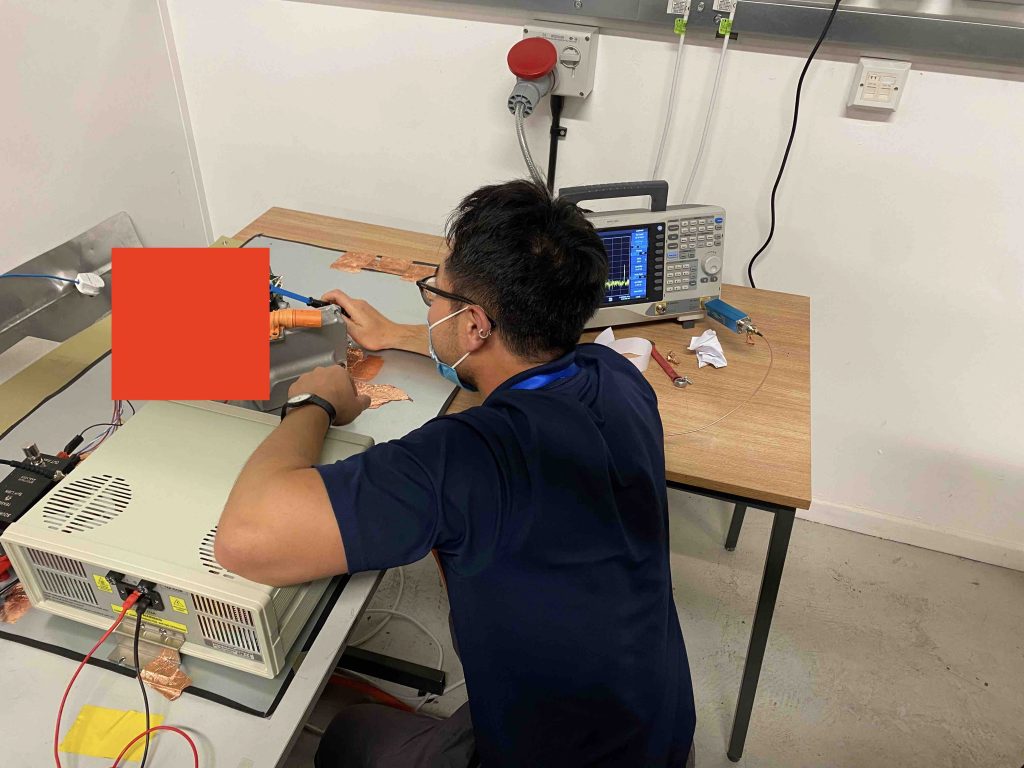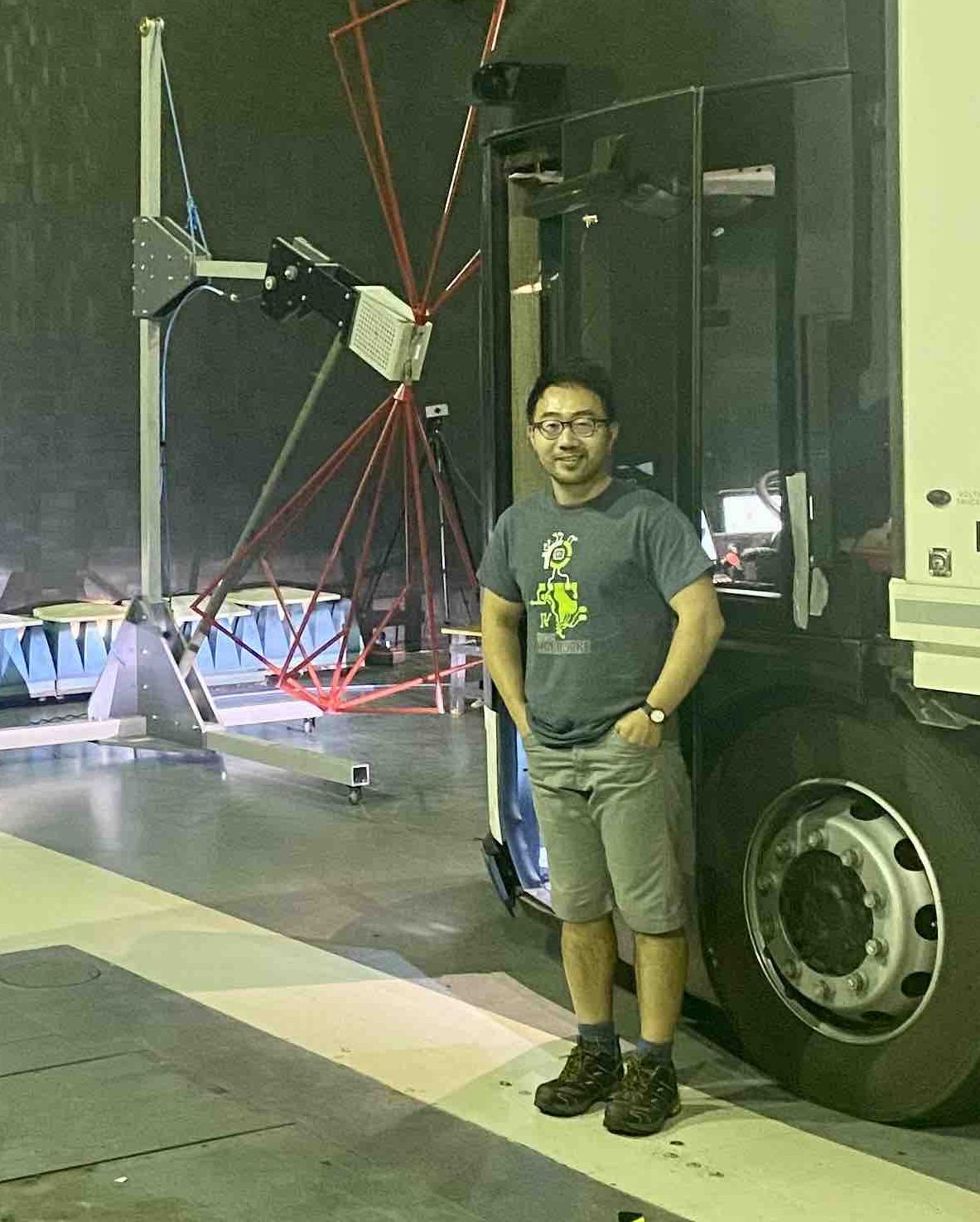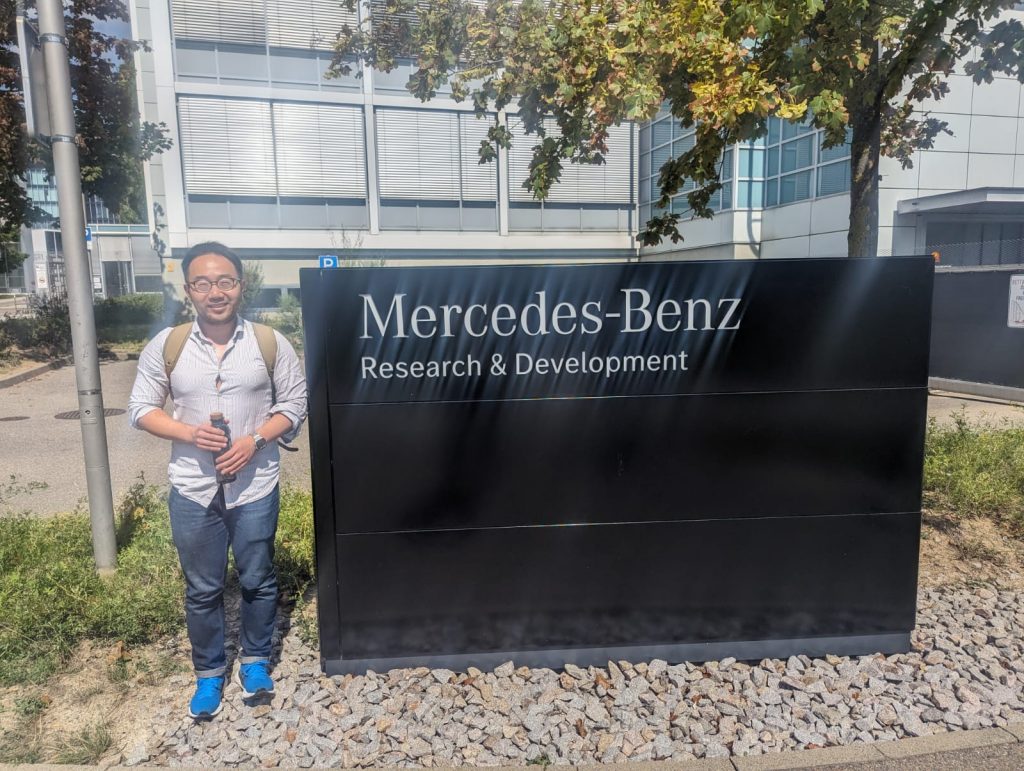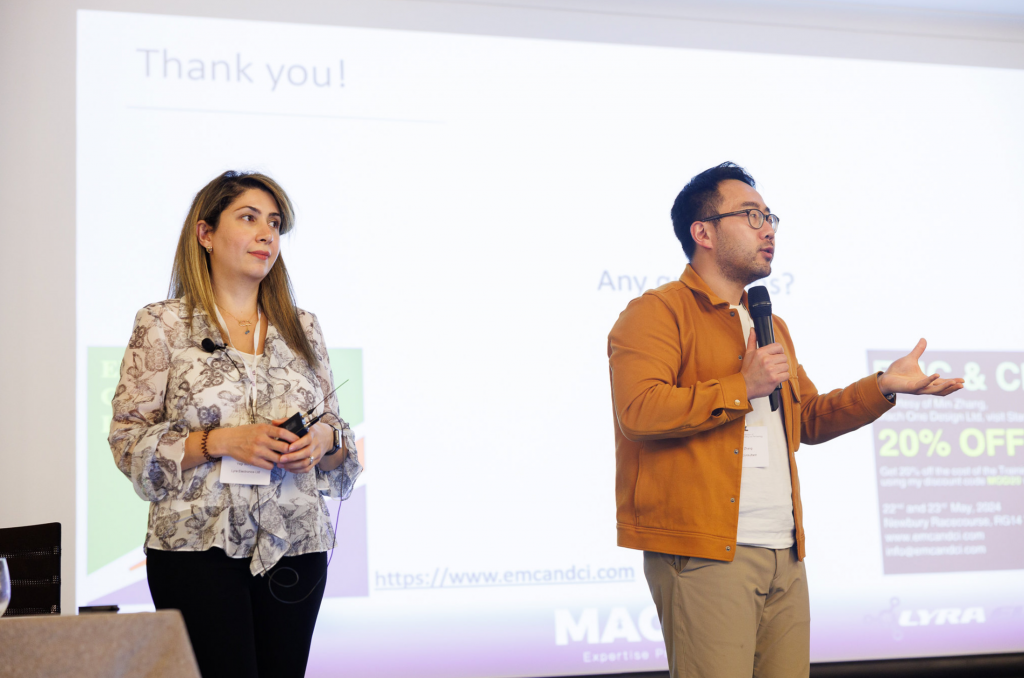The Official One
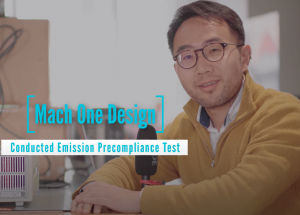
Dr. Min Zhang is an EMC consultant based in Oxford, UK. He received his PhD within Newcastle University’s Electrical & Electronics Engineering department in 2013. His research was in novel power switching schemes to reduce EMI emissions, and his research papers have received many citations.
Since then, he has worked as an EMC specialist on milestone projects with Dyson Technology, UK.
With a proven track record designing state-of-the art electronics and electric machines with minimal EMC issues, Min then established the EMC capability for the Dyson Electric Vehicle project.
Following the closure of that project, Min joined Cherry Clough Consultants Ltd to provide independent expertise in good, cost-effective EMC design, worldwide.
Min’s in-depth knowledge in power electronics, digital electronics, electronic machines and product design is sure to benefit your product’s design, helping you win the race against time and cost.
The Personal One
My Journey: From Dreaming to Consulting
The Journey That Started in 2008
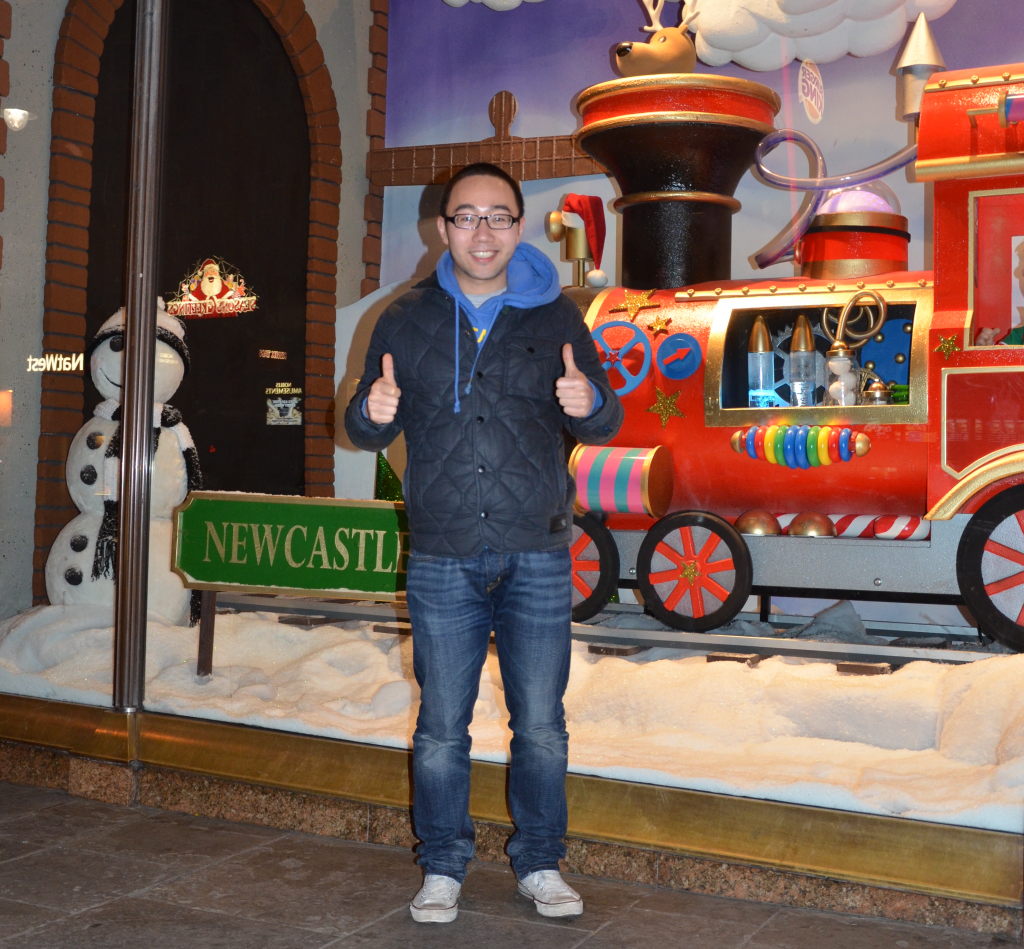
My journey began in 2008 when I landed at Newcastle Airport in England. I had a dream of mastering state-of-the-art electronics design. Enrolling in a research project at Newcastle University’s School of Electrical, Electronics, and Computer Engineering marked the start of my adventure.
During that time, the school boasted two world-class professors in electric machine and drive design: Professor Alan Jack and Professor Barrie Mecrow. Barrie eventually became the head of the school. I had the privilege of attending their lectures. Given their industrial background, the school maintained strong connections with industries, which expanded my horizons. The fascinating engineering stories they shared during lectures left a lasting impression.
I developed a keen interest in electromagnetic studies, electric machine design, drive applications, and power electronics. Another intriguing area I discovered was electromagnetic interference (EMI). As a result, I was accepted as a PhD research candidate in 2009.
Diving into Electromagnetics and EMC
In the course of my studies, I had the chance to interact with remarkable individuals. One colleague, Richard Gibson, who now serves as a product manager at Control Technique, conducted research on the switching events of power electronics devices and their associated electromagnetic interference (EMI) for his PhD. Our knowledge exchange revealed to me the challenges posed by the high switching speeds of power electronics devices.
Another colleague, Andrew Wechsler, now employed by General Electronics Hydro Power and a dear friend of mine, encountered numerous noise-related challenges in his research project. His work involved measuring ripples on capacitors for diagnosing fault conditions, particularly in aerospace applications. Although the theoretical and simulated results were promising, actual instrumentation revealed noise levels ten to a hundred times higher than the measurement signals. Unfortunately, this issue put his PhD candidacy at risk. The fact that the school’s professors were experts in machine design and electronics, but not in EMC, was surprising.
Learning from the “Inside Man”
Eventually, Andrew’s PhD journey concluded successfully, thanks to a visit from his father, Frédérich Wechsler, who at the time served as a chief system engineer at the European Space Agency (ESA). His expertise in mechanical, electrical, telecommunication, and system engineering proved invaluable. With just a weekend’s work in the lab, Andrew’s setup yielded perfect results. This marked my first experience witnessing the effective resolution of EMI-related issues.
Frédérich Wechsler also recommended a book, “Grounding and Shielding Techniques” by the late Ralph Morrison. Regrettably, I only acquired the book years later, realizing that reading it earlier would have been highly beneficial.
These events coincided with my own research endeavours. My focus was on developing an innovative switching scheme for a three-phase power system to mitigate common mode noise, eliminating the need for a transformer. This pursuit brought its own set of challenges.
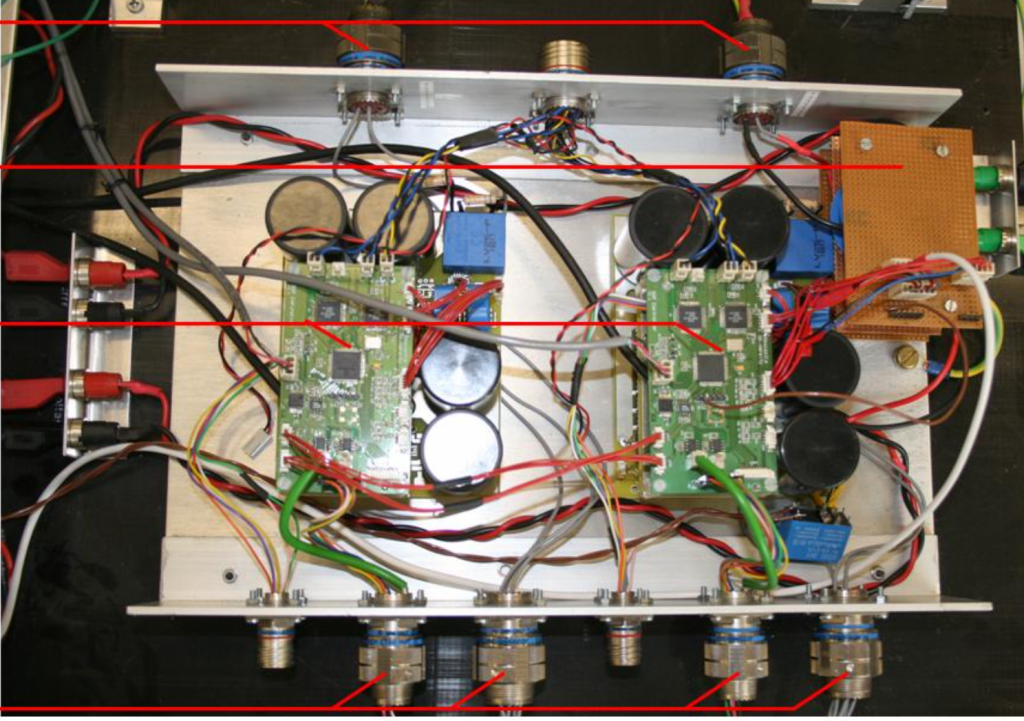
Industry Bound: A Real-world Perspective
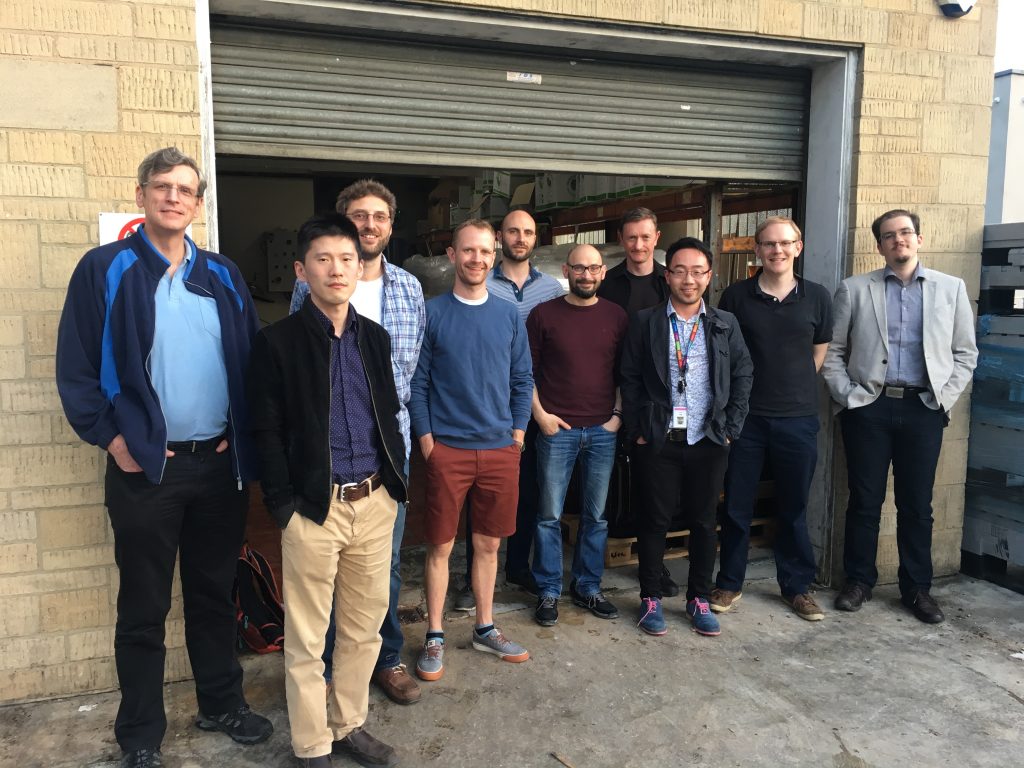
In 2013, I successfully completed my PhD and published a paper in IEEE Transactions on Power Electronics. Over the years, I noticed my paper receiving numerous citations and even being referenced in application notes by clients, which always brought me joy.
Despite these achievements, my grasp of EMI remained limited, primarily due to my reliance on circuit-based tools.
Following my PhD, I sought a change and ventured into the industry. I joined Dyson Technology in the UK as a motor drive engineer. While Dyson was a relatively small company at the time, it attracted top-notch engineers across various disciplines. Collaborating with experts in mechanical, design, electronics, thermal, and acoustics engineering was a rewarding experience.
Navigating EMC Challenges
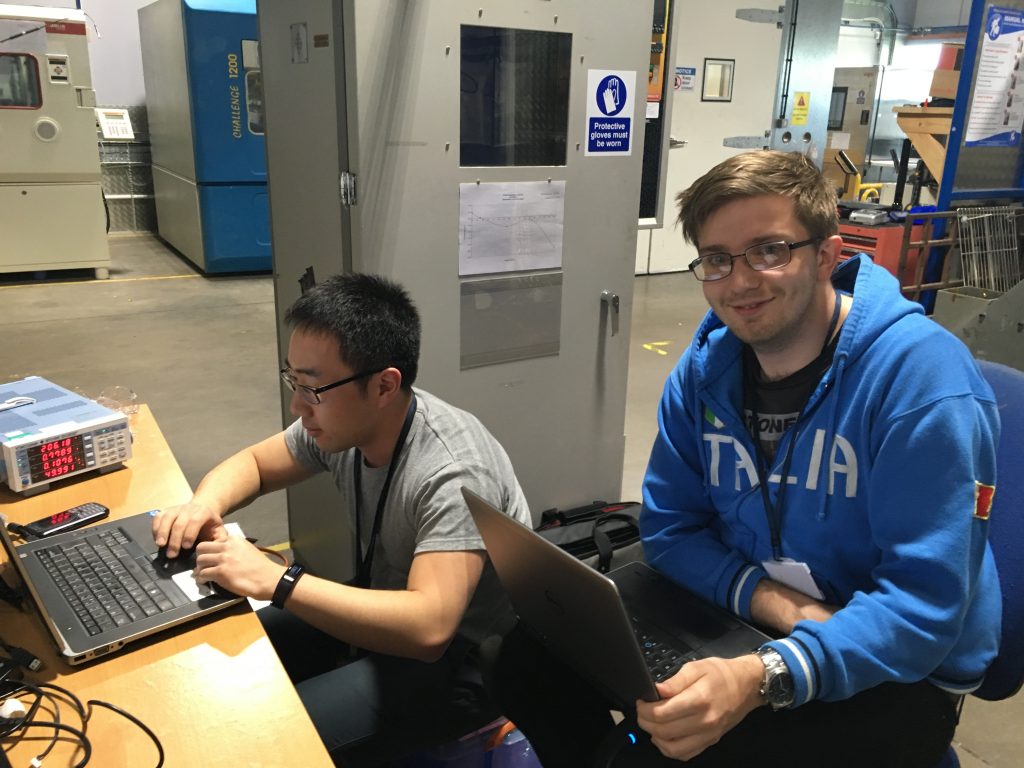
My involvement focused on designing products such as vacuum cleaners, hair dryers, and robots. However, ensuring these products passed EMC standards during research and development posed significant challenges. Notably, it wasn’t a reflection of Dyson’s engineering prowess, but rather the constraint of creating mass-market products while adhering to EMC requirements.
Yet, the biggest hurdle was the limited understanding of EMC, even among seasoned electronics engineers. Although Dyson had an in-house EMC test team, their primary focus was testing rather than advising on design. Communication barriers between design engineers and test engineers resulted in multiple iterations in the EMC chamber to achieve compliance.
In this scenario, the only person fluent in EMC language was Steve Berry, a principal electronics engineer with over three decades of industry experience and a close friend of mine. Learning from him immensely enhanced my EMC design knowledge. Our connection endures to this day.
Growth and New Horizons
I became adept at designing products with EMC considerations in mind. Colleagues frequently turned to me for EMC-related inquiries. To deepen my understanding, I delved into relevant literature, benefiting greatly from books by Tim Williams and Ralph Morrison.
A significant highlight at Dyson was earning a patent for electric motor control and subsequently establishing EMC functionality for the electric vehicle (EV) program. Unfortunately, the ambitious EV project didn’t achieve its intended success. When the project concluded, I faced a choice between returning to the home appliance department or seeking new horizons. The latter option led me to my mentor, Keith Armstrong.
Recommended by Tim Williams, Keith Armstrong is an established EMC expert in the UK. His reputation and extensive experience made him a valuable guide. The stringent selection process at Dyson involved interviewing seven EMC consultants, many of whom were better at testing than design. Despite my admiration for Wolfram Klimars, an EMC expert with AVL, his geographical location played a role in the decision-making.
Keith’s vast experience spanned over three decades, and he authored numerous EMC books and training materials. His expertise and network made him a recognized figure among EMC experts. His references frequently led me to his resources.
Embracing the Independent Path
I approached Keith and received his encouraging support to become an independent EMC consultant. The journey wasn’t without its challenges, especially when COVID-19 disrupted business operations worldwide.
As restrictions eased, inquiries began pouring in from around the globe. Thanks to remote work options, clients sought assistance with their EMC challenges. Among them were major US companies and smaller European businesses. Swiftly, my reputation grew, and I was invited to share insights on various platforms, including InCompliance Magazine and Interference Technology.
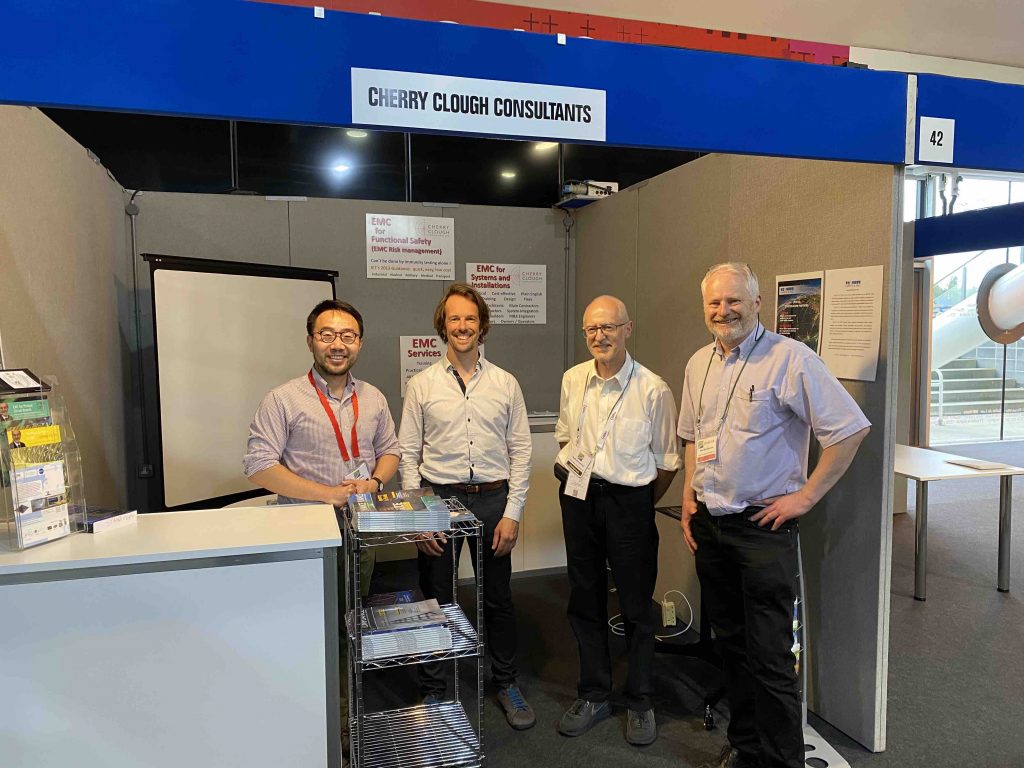
The Journey Continues
This marks the beginning of a fulfilling journey. I’m enthusiastic about the path ahead, which promises continuous learning and helping others navigate their EMC issues. Collaborating with diverse people and companies has opened my eyes to the incredible world of engineering. The story keeps evolving, so stay tuned for more updates.
